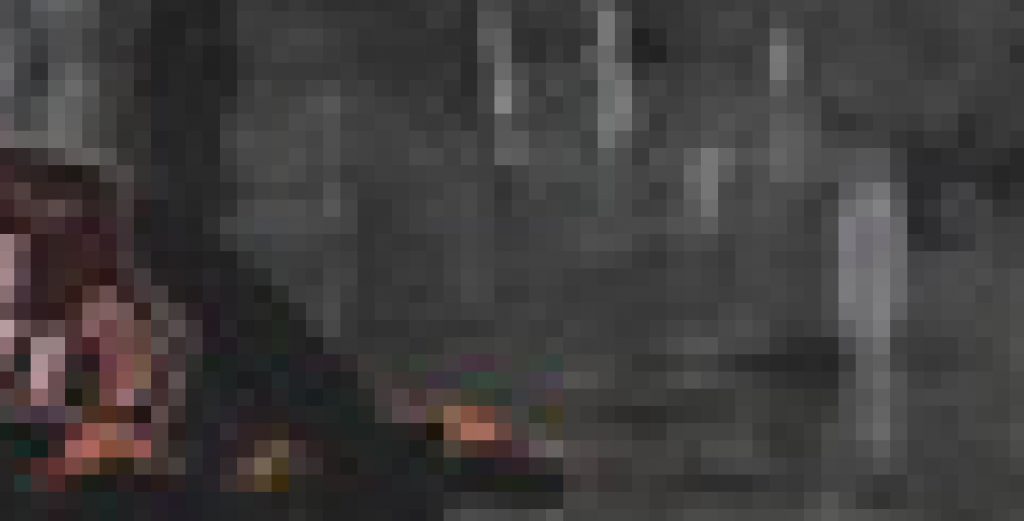Companies and individuals alike use image editing in a lot of ways. Whether you’re working on marketing materials that have to be picture perfect or simply fixing an over-exposed shot from your iPhone, Photoshop and its ilk are everywhere in the digital imagery improvement industry. And the heart of image editing, in many ways, is object selection. If you have that perfect shot of your subject, but the background leaves something to be desired? You’ll want to isolate that subject and then switch out the background. But it can take minutes upon minutes, hours upon hours, to get that selection just right.
Adobe and its competitors have tried for years — decades even — to better automate that process. In concept, it wouldn’t seem that hard considering how easily the human eye can discern what the subjects of an image are and what comprises the background, as well as where those two things delineate. But as it turns out, that’s immensely difficult for a machine to do.
According to Tristan Greene at The Next Web, “When a human looks at a picture we’re pretty good at making inferences based on context. If there’s a giraffe standing in front of an elephant in an image we don’t tend to struggle with figuring out where one ends and the other begins. Computers have to be taught how to do this, and it’s not a simple task.”
When you zoom waaaaaaaay in on an image, you begin to realize the borders between elements of an image are a blur of individual pixels that slowly transition between one color and another, one item and another. See below:

While you and I may be able to vaguely make out where the item in the bottom left ends and the background begins, you can see how each pixel is still a gray/black combination that would make it hard for a computer to simply discern what’s what.
MIT’s Computer Science and Artificial Intelligence Lab (CSAIL) just developed an AI-assisted image editing tool can automate object selection and assuage the tedium of manual identification. The lab walks us through that process in the video below:
The beauty of the new development isn’t just the novel application of neural networks, machine learning and artificial intelligence to a common problem, but rather how imminently useful the application is now.
“This isn’t one of those pie-in-the-sky projects that could pay dividends in 10 or 20 years when society catches up to its ambition – this could provide an immediate benefit to anyone who uses any sort of photo or video editing software, including the built-in tools that come with our phones,” according to Greene.
There’s no question the future of image selection and editing lies with AI. This type of advance will see its way into programs like Photoshop, sure, but I predict we’ll also see it in video editing sooner rather than later. This is one of the most time-consuming and most integral functionalities image/video editing software performs. If it could be automated, that could revolutionize image editing forever. And as the impact of media and visual imagery only grows in our daily lives, this is no small improvement indeed.
Jeff Francis is a veteran entrepreneur and founder of Dallas-based digital product studio ENO8. Jeff founded ENO8 to empower companies of all sizes to design, develop and deliver innovative, impactful digital products. With more than 18 years working with early-stage startups, Jeff has a passion for creating and growing new businesses from the ground up, and has honed a unique ability to assist companies with aligning their technology product initiatives with real business outcomes.
Sign up for power-packed emails to get critical insights into why software fails and how you can succeed!
Whether you have your ducks in a row or just an idea, we’ll help you create software your customers will Love.
LET'S TALK